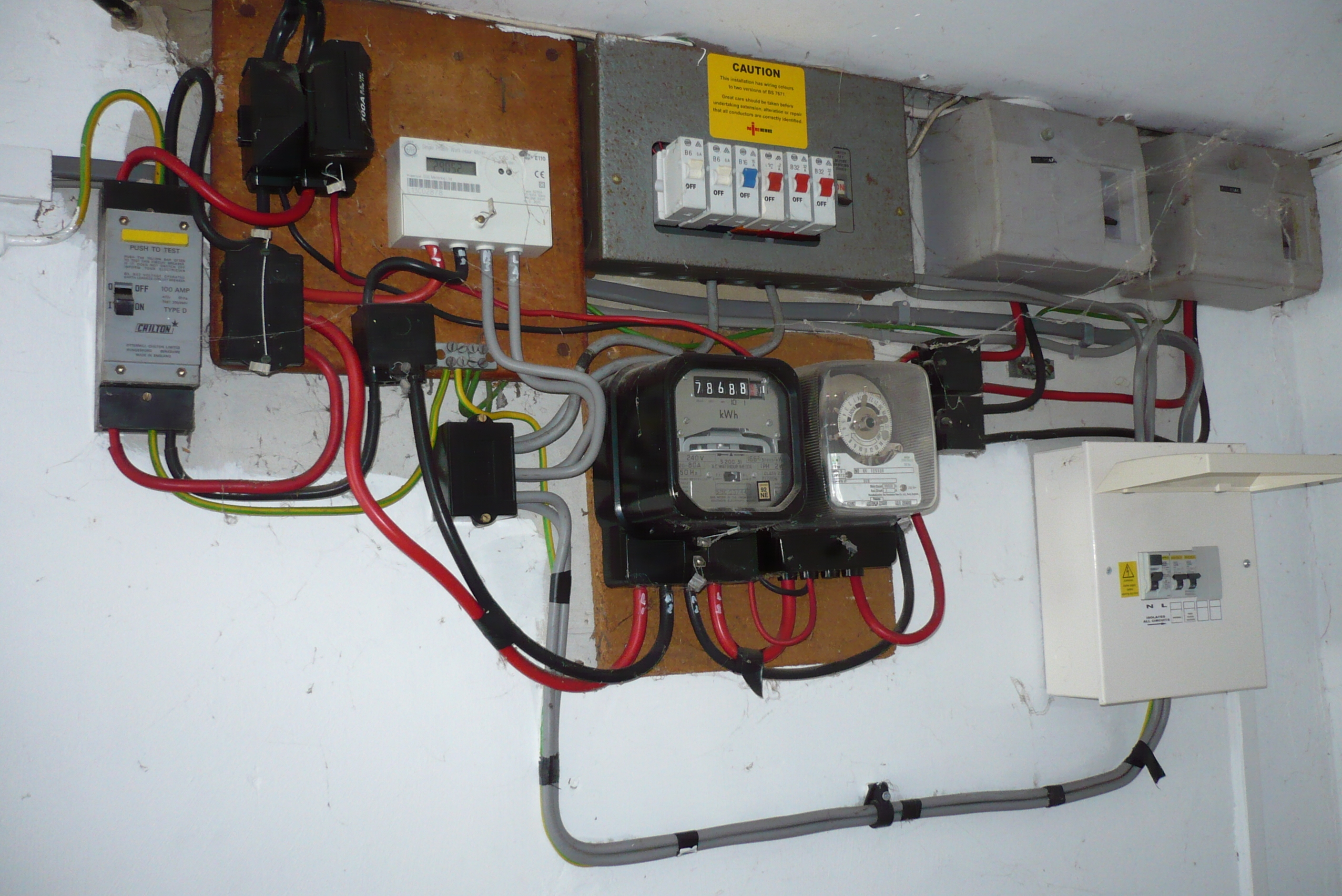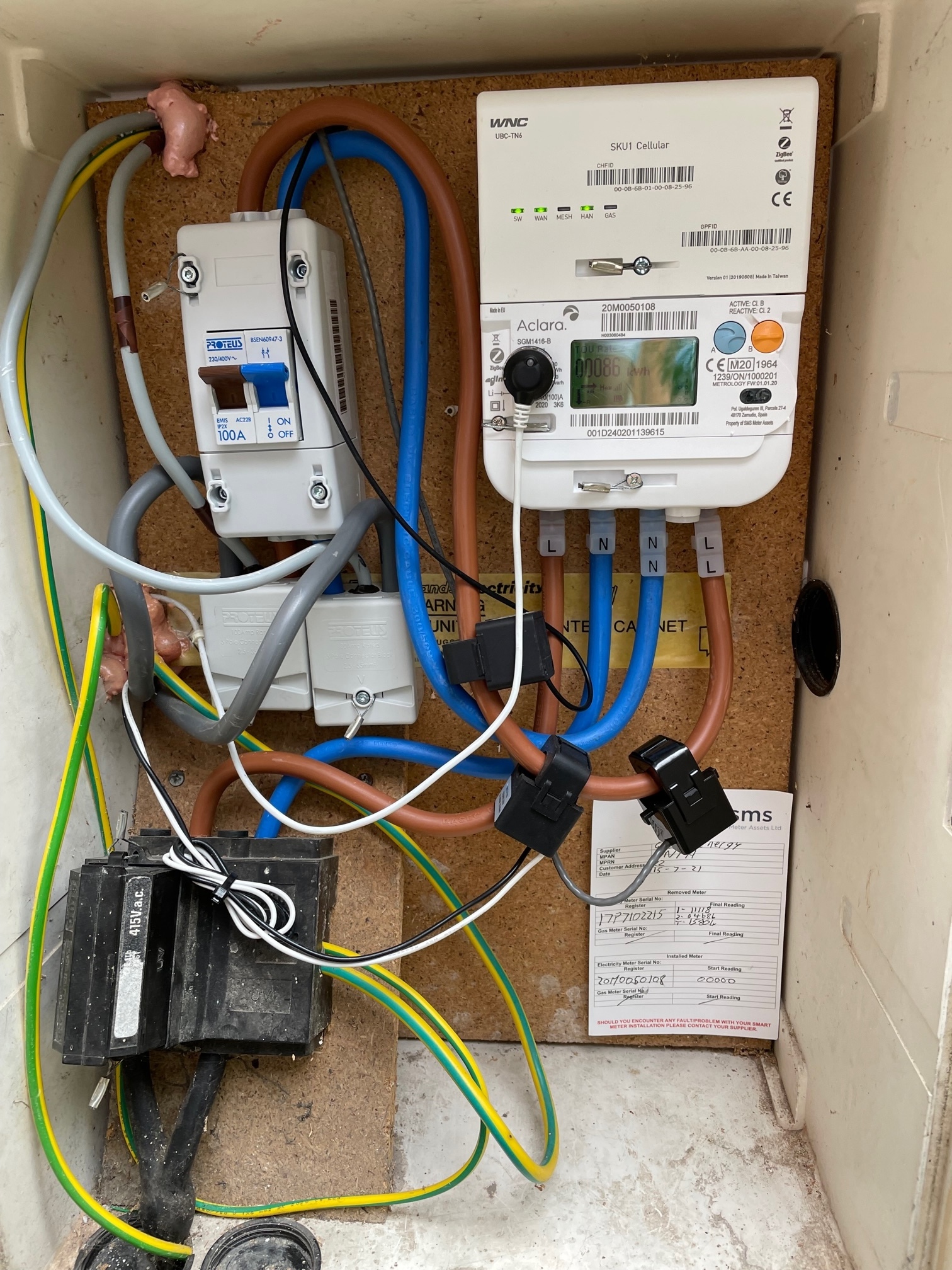I am looking for some advice regarding my elderly father's meter installation.
My father had a letter from his supplier advising him that he needed to have a smart meter installed because the radio switching service that controls his off-peak storage radiators is expected to be de-commissioned next March. My father agreed to the installation and I arranged to be present.
In the event, the installer declined to fit a smart meter on the grounds that there is an earth leakage trip switch on the supplier side of the meter (installed by the Southern Electricity Board in the 1970s) and it is now policy to install trip switches on the customer side of the meter. He suggested that we either employ an electrician to move/replace the trip switch or manage without the smart meter. He pointed out that the off peak switching is managed by a clock and so is not affected by the radio switching issue.
I was surprised that the householder would be responsible for wiring on the supplier side of the meter but when I contacted them they confirmed that this is the case. I indicated that in that case we would probably do without a smart meter but was told that even though the switching is not radio-controlled, the supplier may still disconnect my father's heating next March. I suspect this is a bluff but as my father is in his nineties it is worrying.
Has anyone else encountered this situation?
I can post a picture of my father's existing meters and wiring if it helps.
Best answer by Lukepeniket_OVO
View original










